Kingdom Fungi Class Agaricomycetes Genus Ramaria Order Gomphales | Division Basidiomycota Family Gomphaceae Rank Species | |
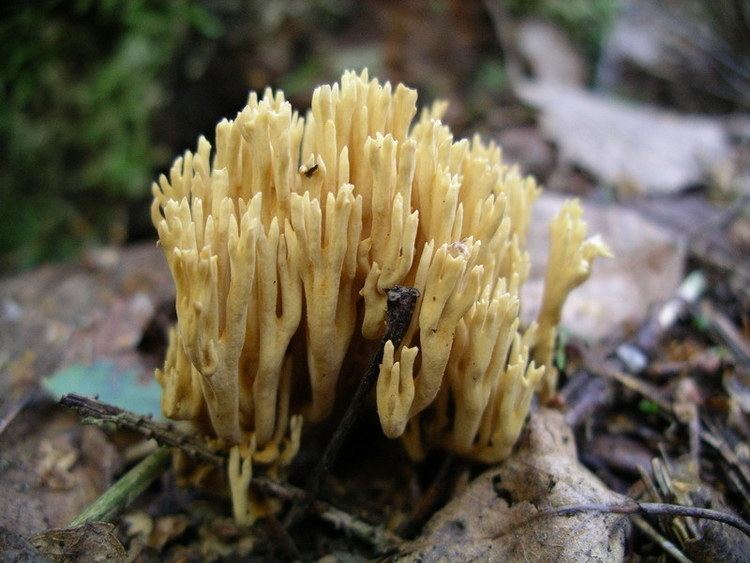 | ||
Similar Ramaria, Ramaria gracilis, Ramaria myceliosa, Ramaria sanguinea, Ramaria fennica | ||
Ramaria abietina, commonly known as the green-staining coral, is a coral mushroom in the family Gomphaceae. It is characterized by the green staining reaction it develops in response to bruising or injury.
Contents
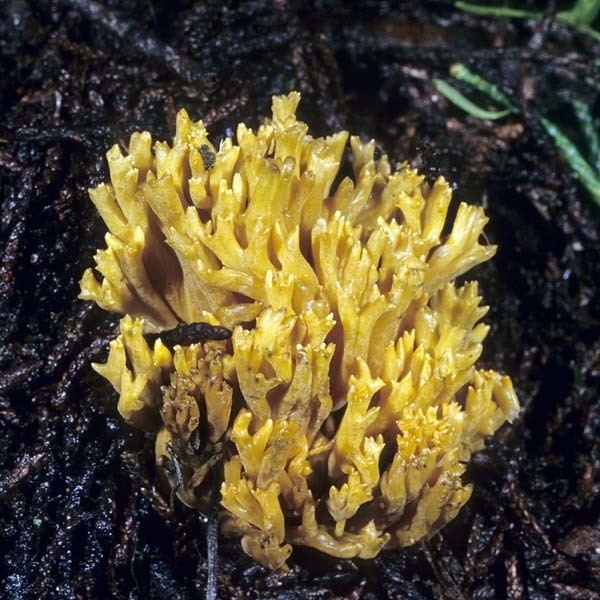
Taxonomy
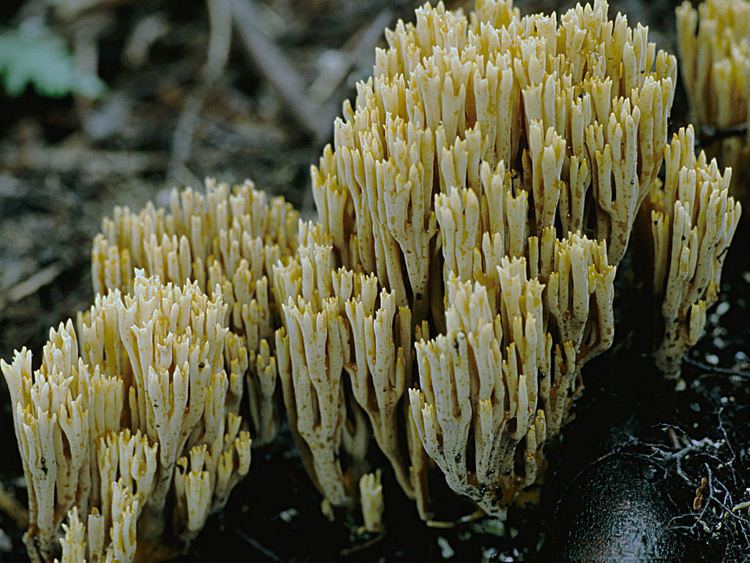
The species was first described by Christian Hendrik Persoon in 1794 as Clavaria abietina. Lucien Quélet transferred it to the genus Ramaria in 1898. It is commonly known as the "green-staining" coral". In the Nahuatl language, it is called xelhuas del veneno, meaning "poisonous broom".
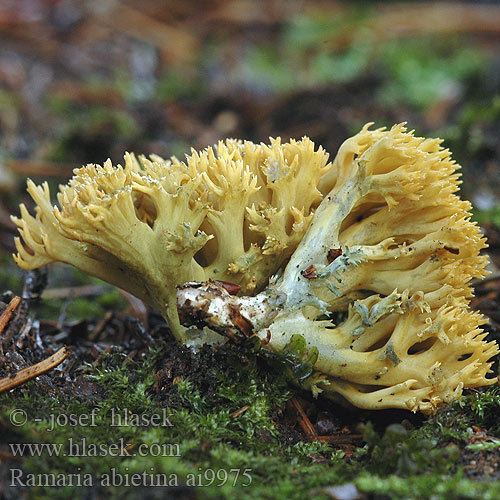
It was classified in the subgenus Asteroramaria of the genus Ramaria. Molecular phylogenetic analysis in the early 2000s (decade) showed that Ramaria was polyphyletic.
Description
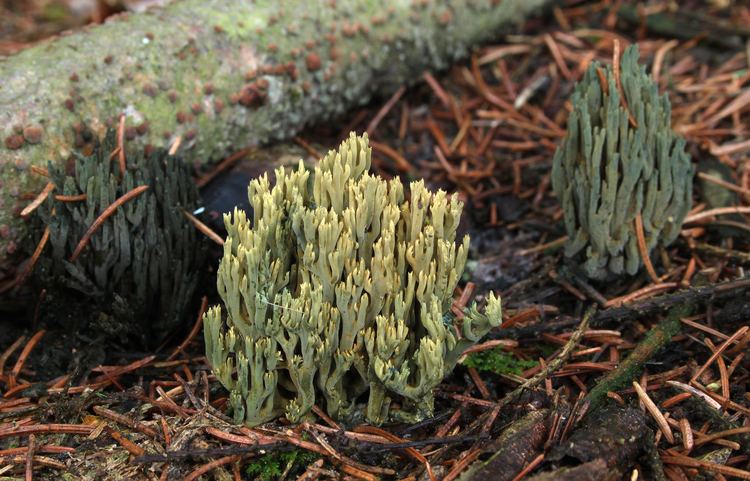
Fruit bodies are leathery, and brittle when dry. They are small, measuring 2–5 cm (0.8–2.0 in) tall by 1–3 cm (0.4–1.2 in) wide, and branch from the central stem up to five times. The slender branches are slightly flattened or spreading, and forked or crested near the top. The color of the fruit body is medium yellow green to light olive, but will bruise a darker olive green to dark olive green. The stem is short, and have a mat of mycelia at its base, which is attached to rhizomorphs that branch into the substrate. The odor of the mushroom tissue ranges from indistinct to earthy, and it tastes initially sweet, then somewhat bitter.
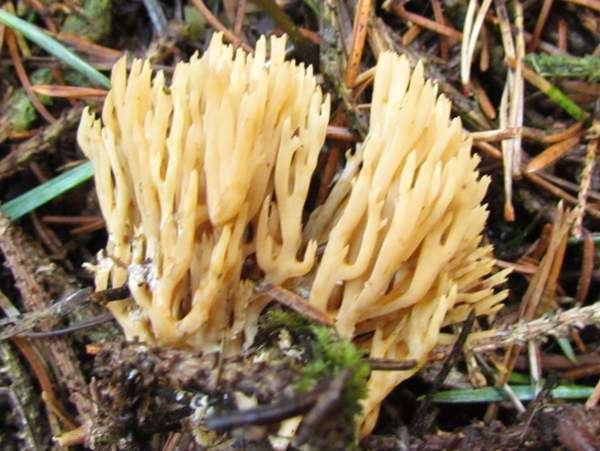
The spores are dark orange-yellow when collected in mass. Spores are pip-shaped to broadly elliptical, with one oblique end; their dimensions are 6–8 by 4–4.5 μm. The basidia (spore-bearing cells) are typically four-spored, with the spores attached by sterigmata up to 7 μm long.
Similar species
Similar in appearance is Ramara invalii, but this species does not stain when bruised.
Habitat and distribution
Fruit bodies grow scattered or in groups on the ground in duff of coniferous forests. In North America, it is found in the Pacific Northwest and Mexico. It is also found in Europe.
